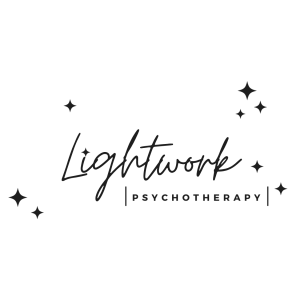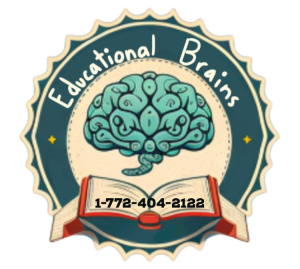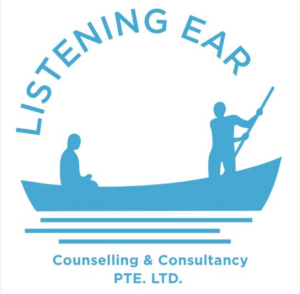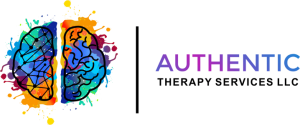Brand Name: Lexapro
Generic Name: Escitalopram oxalate
Drug Class: SSRI, Anti-depressant, 5-HT inhibitor
Similar Class Drugs: Citalopram, Paroxetine
Available dosage forms: Oral tablet and solution

What is Escitalopram?
Serotonin is transported back to the pre-synaptic neuron after it has served its purpose. This transportation of serotonin is aided by a protein termed SERT or 5HT, also called (sodium-dependent serotonin transporter). Both Citalopram and Escitalopram belong to a group of drugs that inhibit the action of 5HT on serotonin and thereby delay the termination of serotonin’s activity. This group of drugs is known as Selective Serotonin Re-uptake Inhibitors or SSRIs. The primary use of these drugs is in the treatment of depression.1
The chemical structure of Escitalopram is composed of just one isomer, the S- Citalopram.1 In contrast, Citalopram is an amalgamation of two isomers, the R-citalopram, and the S-citalopram.
Based on evidence-based studies, Escitalopram has greater selectivity for serotonin reuptake inhibition when compared to other drugs of the same class. Due to its clinical efficacy, Escitalopram is indicated in several psychopathological conditions. Some of these are mentioned below:
– Major depressive disorder2
– Obsessive-Compulsive disorder
– Hot flashes in post-menopausal women
– Generalized anxiety disorder2
How to use Escitalopram?
The drug is available in tablet form and oral solution. You can swallow the tablet with a mouthful of water. Oral solutions have to be correctly measured in a cup or device before intake. There is no necessity to take the drug at mealtimes, but it is advised to fix a time for drug intake to help you with following your dosage instructions. It is important to note that cessation of any anti-depressant drug without a doctor’s approval is strictly discouraged. Abrupt ceasing of drug intake can result in a relapse or worsening of your condition.
Consult your doctor if you see an addition or worsening of your symptoms. This drug has been reported to exaggerate suicidal behavior in children and young adults with major depressive disorder (MDD). Young patients should be diligently monitored in case the doctor elects Escitalopram as a drug of choice.1
What are the side effects of Escitalopram?
Like all other anti-depressants, the common side effects after Escitalopram administration include: 1
– GI upset (nausea, vomiting, diarrhea)
– Somnolence or insomnia
– Dry mouth
– Penile ejaculation disorders
The safety profile of Escitalopram indicated the lowest toxicity when compared to other SSRIs. However, rare but life-threatening side effects after its intake are still reported. Following are the ones documented in clinical surveys: 1
– Hyponatremia in older age groups
– Serotonin syndrome (serotonin excess due to overdosage)
– QT prolongation that causes reduced heart rate
Who should not use Escitalopram?
– Children less than 12 years of age
– Those taking Monoamine oxidase drugs (MAOIs)
– Those with hypersensitivity to the drug
References
1: Landy K, Rosani A, Estevez R. Escitalopram. [Updated 2021 May 15]. In: StatPearls [Internet]. Treasure Island (FL): StatPearls Publishing; 2021 Jan-. Available from: https://www.ncbi.nlm.nih.gov/books/NBK557734/
2: Li G, Shen Y, Luo J, Li H. Efficacy of escitalopram monotherapy in the treatment of major depressive disorder: A pooled analysis of 4 Chinese clinical trials. Medicine (Baltimore). 2017;96(39):e8142. doi:10.1097/MD.0000000000008142










